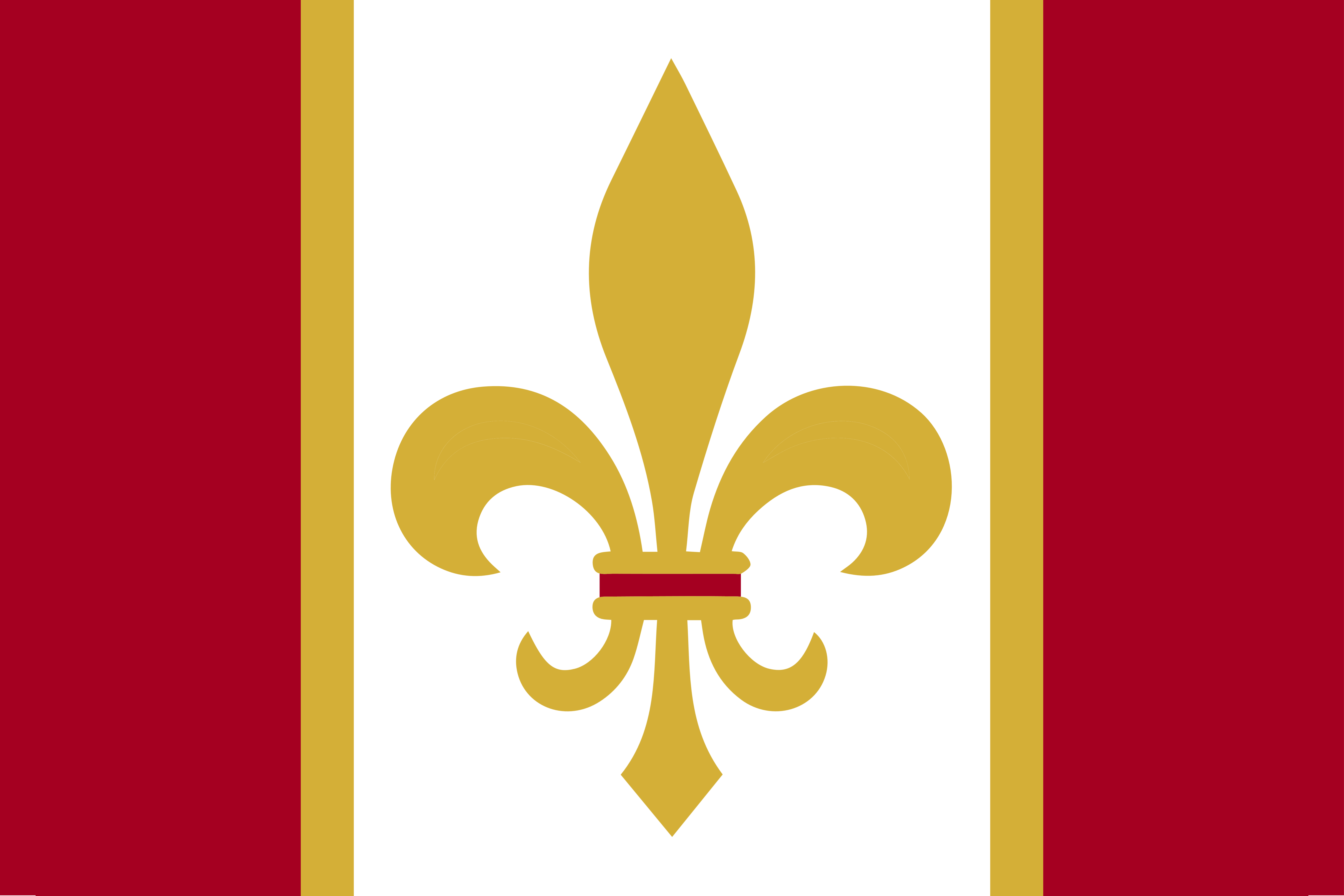GN&SR Diag. Z2
The Great Northern & Southern Railway Diagram Z2 was a group of 22 metal - bodied npcs (non-passenger coaches) built by the GN&SR between 1896 and 1901.
In 1894, following the theft of nearly ℳ︁6,000 from a bullion train heading out of Heatherton, a new law (law here) was implimented requiring special coaches to be constructed for the carriage of gold, money and other valuables aswell as the requirement for these to be used at high-rated speeds to prevent, or at least limit, the chance of a robbery. The GN&SR's Carriage and Wagon Department drew-up designs for the Diagram Z2 in November 1894, though they differed slightly as they had no end verranadas, but the type wouldn't begin to be built for another 17 months. The first, GN&SR №192, was completed in May 1896 and was painted an all-over dark grey livery above the solebars which were black (including below them, i.e. axleboxes & buffers). A further twenty-one were constructed intermitently over the next five years with the last, GN&SR №57, being completed in July 1901.
At first, the Z2s were used on their own block trains with a Diag. B8 at either end; though, starting in 1912, they began to be placed at the start of express trains due to the limited number of trains required to move valuable material on the GN&SR. This continued through to 1923 when dedicated bogie corridor stock was introduced which gradually replaced the Z2s, as such most of the Z2s were transfered to other duties with five being sold to the War Department and used at the Royal Knutsford Arsenal to move gunpowder and ammunition around the internal railway aswell as to a mainline exchange yard. Others were retro-fitted with end vents (by removing the end doors) and steam-heat equipment and were used to transport bananas and cocoa beans. Others were used on postal trains.
By the late 1940s, the Diagram Z2s were nearly worn out. They had been used during the Second World War as improvised gunpowder vans due to their metal bodies; though now they had been replaced in all but departmental service. The last mainline use of one was as part of a weedkilling train near Wheatley. Three further examples survived on industrial railways; two as stores vans and one as a mobile generator. The latter of these three survives today along with two others purchased from the ENR between 1969 and 1973 with a final fourth as a spare parts donor.
In 1894, following the theft of nearly ℳ︁6,000 from a bullion train heading out of Heatherton, a new law (law here) was implimented requiring special coaches to be constructed for the carriage of gold, money and other valuables aswell as the requirement for these to be used at high-rated speeds to prevent, or at least limit, the chance of a robbery. The GN&SR's Carriage and Wagon Department drew-up designs for the Diagram Z2 in November 1894, though they differed slightly as they had no end verranadas, but the type wouldn't begin to be built for another 17 months. The first, GN&SR №192, was completed in May 1896 and was painted an all-over dark grey livery above the solebars which were black (including below them, i.e. axleboxes & buffers). A further twenty-one were constructed intermitently over the next five years with the last, GN&SR №57, being completed in July 1901.
At first, the Z2s were used on their own block trains with a Diag. B8 at either end; though, starting in 1912, they began to be placed at the start of express trains due to the limited number of trains required to move valuable material on the GN&SR. This continued through to 1923 when dedicated bogie corridor stock was introduced which gradually replaced the Z2s, as such most of the Z2s were transfered to other duties with five being sold to the War Department and used at the Royal Knutsford Arsenal to move gunpowder and ammunition around the internal railway aswell as to a mainline exchange yard. Others were retro-fitted with end vents (by removing the end doors) and steam-heat equipment and were used to transport bananas and cocoa beans. Others were used on postal trains.
By the late 1940s, the Diagram Z2s were nearly worn out. They had been used during the Second World War as improvised gunpowder vans due to their metal bodies; though now they had been replaced in all but departmental service. The last mainline use of one was as part of a weedkilling train near Wheatley. Three further examples survived on industrial railways; two as stores vans and one as a mobile generator. The latter of these three survives today along with two others purchased from the ENR between 1969 and 1973 with a final fourth as a spare parts donor.
("Dark Grey" - Vallejo 71.097 Medium Gunship Gray)
Creation Date
1896 - 1901
Decommission Date
1934 - 1967
Destruction Date
1926, 1934 - 1967
Owning Organization



Comments